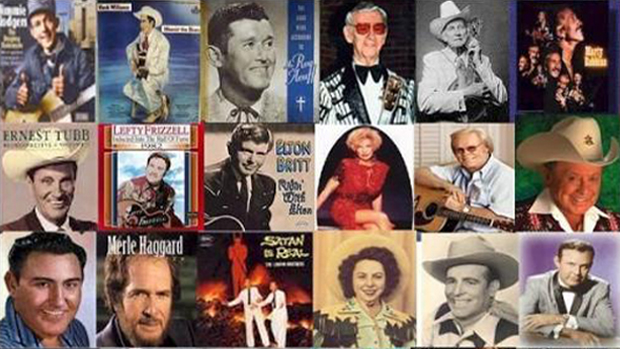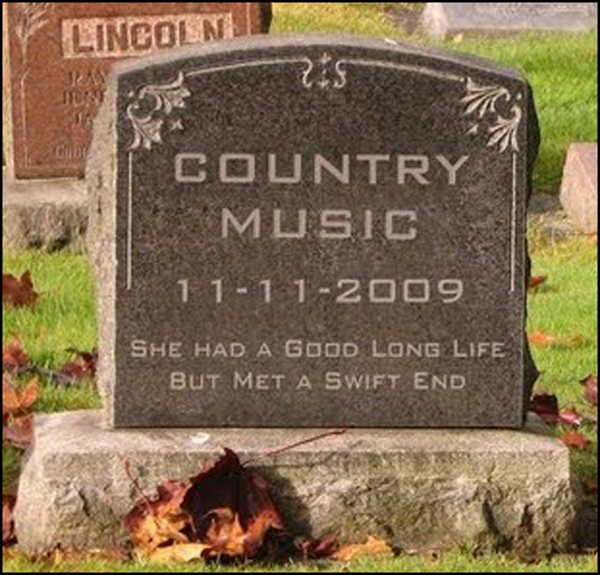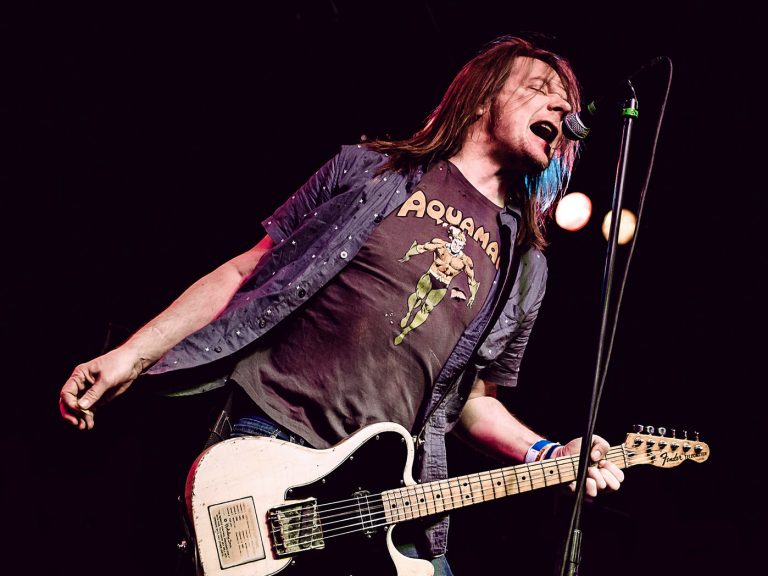
 Was it the 80s when country music started going downhill or was it the 70s? Back then there were still people like George Jones, Marty Robbins, Buck Owens, Loretta Lynn, Willie, Waylon, Merle, and Dolly ruling the country radio airwaves. But new, seriously mediocre acts were bringing up the rear.
Was it the 80s when country music started going downhill or was it the 70s? Back then there were still people like George Jones, Marty Robbins, Buck Owens, Loretta Lynn, Willie, Waylon, Merle, and Dolly ruling the country radio airwaves. But new, seriously mediocre acts were bringing up the rear.
Anybody who has tried to listen to country music radio in the last fifteen years knows that country music is no longer being played on country radio stations. It’s some kind of rootless pop confection or faux country with the most asinine lyrics imaginable. The fact that a lot of the guys singing the songs wear cowboy hats and the women vocalists are hot is neither here nor there.
Dwight Yoakam, who is at a one generation remove from Merle, Willie, etc., seems to be the last man standing when it comes to writing and performing kick-ass country music today, both within and without the tradition. I also have to mention Billy Joe Shaver who put on a great show at Proud Larrys’ two years ago. He’s the real deal. Back in the 70s nobody did more to put the soul back in country music than Gram Parsons. But we lost him back then at the age of 27.
 Which brings me to my point. Is real country music dying out? Has it already died, with just a few old boys like Merle and Willie and Dwight and Billy Joe hanging on? (Dolly, bless her heart, went crossover pop years ago.) If country music is dying, what does that say about our country and our culture?
Which brings me to my point. Is real country music dying out? Has it already died, with just a few old boys like Merle and Willie and Dwight and Billy Joe hanging on? (Dolly, bless her heart, went crossover pop years ago.) If country music is dying, what does that say about our country and our culture?
The same holds true for the blues. Yes, B.B. and Buddy Guy and a few others are holding out. (We lost Bobby Bland back in June of 2013.) But who’s next in line? Keb Mo? One of the great artistic and cultural inventions in our history—blues—is dying on the vine in terms of new artists. I don’t like repeating myself, but what does that tell us about our country and culture? Is it telling us that the rural culture that gave rise to blues and country is a thing of the past? If so, is that is a more ominous circumstance than the simple disappearance of the music?
Another question arises. Does neglect by the mainstream media necessarily mean the kiss of death to popular art forms like real country, like blues, to artistic traditions in general?
On the other hand, maybe it’s the natural order of things that popular music forms wax and wane with the generations that produced them. Big band music, bebop, soul. . . (A case can be made that soul music gave up the ghost when New Orleans balladeer extraordinaire Johnny Adams died not too many years ago.) People, as they grow older, tend to have a certain nostalgia for the music that reminds them of when they were young and in play, a sentimental attachment to the music not necessarily shared by later generations.
I’ve heard that quite a few old school hip-hop artists listen to vintage jazz and soul for inspiration when composing their rhymes. I like that. Rap music is a world-wide phenomenon and gives credence to the notion that new generations supplant the old with new music to call their own.
It should be obvious to everybody that rap music is a legitimate artistic cultural expression. Yasiin (Mos Def) refers to it simply as folk music. There are people who decry its use of violence as a subject but I don’t see how rhyming about today’s urban street life is that much different from Raymond Chandler writing his 1930s crime novels with their murders and corrupt L.A. cops.
Where rock-n-roll is headed is anybody’s guess. Like rap music (until recently anyway), most of it operates below the radar of the mainstream media and commerce. If a great Memphis band like Reigning Sound couldn’t break through onto the national scene, it makes you wonder if the same fate as country music awaits rock-n-roll.
The neglect of traditional music by radio and TV and print journalism, etc., is a phenomenon not related exclusively to American popular culture. Traditional Irish music was saved from extinction, in a commercial sense, by stalwart Irish bands like The Chieftans and The Dubliners. Actually, Irish musicians of an earlier generation, like singer Joe Heaney and uilleann piper Leo Rowsome, kept the music alive. Bands like The Chieftans and Dubliners grabbed the baton and put the music back on the contemporary Irish cultural map.
Much the same thing happened in Hawaii where musicians like Eddie Kamae and Gabby Pahinui kept traditional Hawaiian music alive in the 1960s just as it was dying out with its last practitioners. (See James D. Houston’s beautiful book on the subject, Hawaiian Son.)
The moral of the story is that the Irish and Hawaiian guys didn’t wait around for somebody to resurrect their traditional music. They did it themselves. And nobody is going to revive country or blues other than our own homegrown musicians (like Kenny Brown) along with music fans who don’t want to stand by and watch a beautiful, living part of our country die.
–
This article originally printed in The Local Voice #195, published January 9, 2014. To download a PDF of TLV #195, click HERE.


